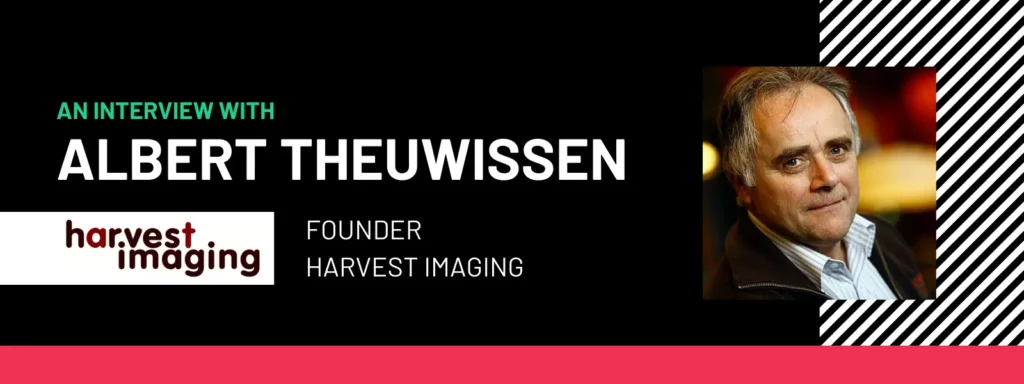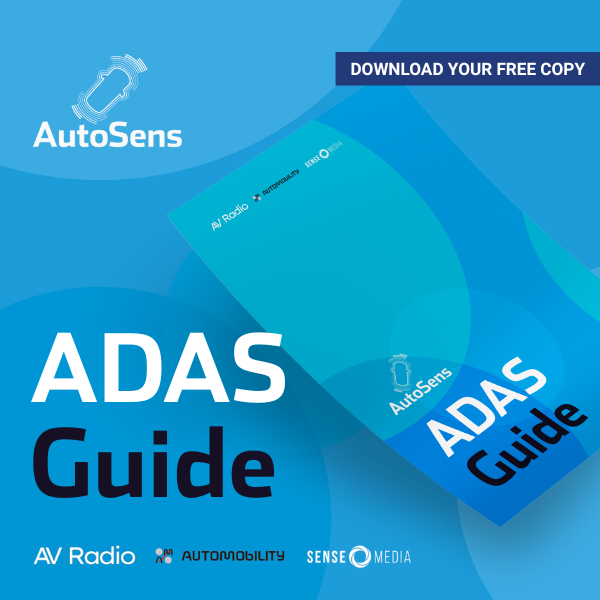
We caught up with Albert Theuwissen, Founder, Harvest Imaging, ahead of his keynote presentation at InCabin Europe on ‘The Major Flaw in Automotive Image Sensors’. Albert discusses his latest work, and the upcoming trends that he foresees making the biggest impact on the industry.
1. We are delighted you’ll be joining us to deliver a Keynote in October in Barcelona, what can you tell us about your presentation?
I will talk about a problem I encountered in an automotive image sensor after stressing the devices at 85 deg.C/85 humidity. Some performance parameters remain remarkably constant, others don’t. I will also show how I tried to figure out what was going wrong and where in the fabrication process this issue took place.
2. That sounds very interesting, can you share any details of other studies you have ongoing at the moment?
I ordered new devices from the same vendor as well as from another vendor. I am trying to redo the measurements with the new material, but I can hit some hurdles. The reliability tests are not done in my own lab, but externally.
3. You recently retired from your academic post at TU Delft, how are you enjoying life beyond the lecture theatre?
Great! I spend a lot of time gardening, but still about 40% of my time goes into sensor technology.
4. While semi-retired, I know you are still keenly following developments in image sensors – what are the interesting trends, as you see it?
Stacking is still a very hot topic. It opens a lot of new applications. On the other hand we also see that older technologies, that consumed way too much silicon real estate in the pixel, are now being reintroduced make use of stacking. Another very interesting new development: no mechanical shutters anymore in D-SLR, global shutter CIS kicked the mechanical parts out of the camera.
For small pixel devices we do see the introduction of meta-surfaces to enhance the light sensitivity of the devices. This technology is just at the level of (R&)Development. I do expect that on a short term the first products will be introduced.
6. Which of these do you think could be relevant for automotive applications?
For sure the stacking technology will allow to combine several features in a single device, such as HDR + global shutter (in the voltage domain). Question is whether even-driven based imaging is going to find an inroad in automotive ?
A lot of attention goes to the SWIR part of the spectrum, but in those applications Silicon can no longer be used for the photon conversion. Ge, InGaAs or quantum dots will be the preferred choice. Which of the three is going to make it? No idea at this moment. Each of the candidates come with their own advantages and disadvantages.


